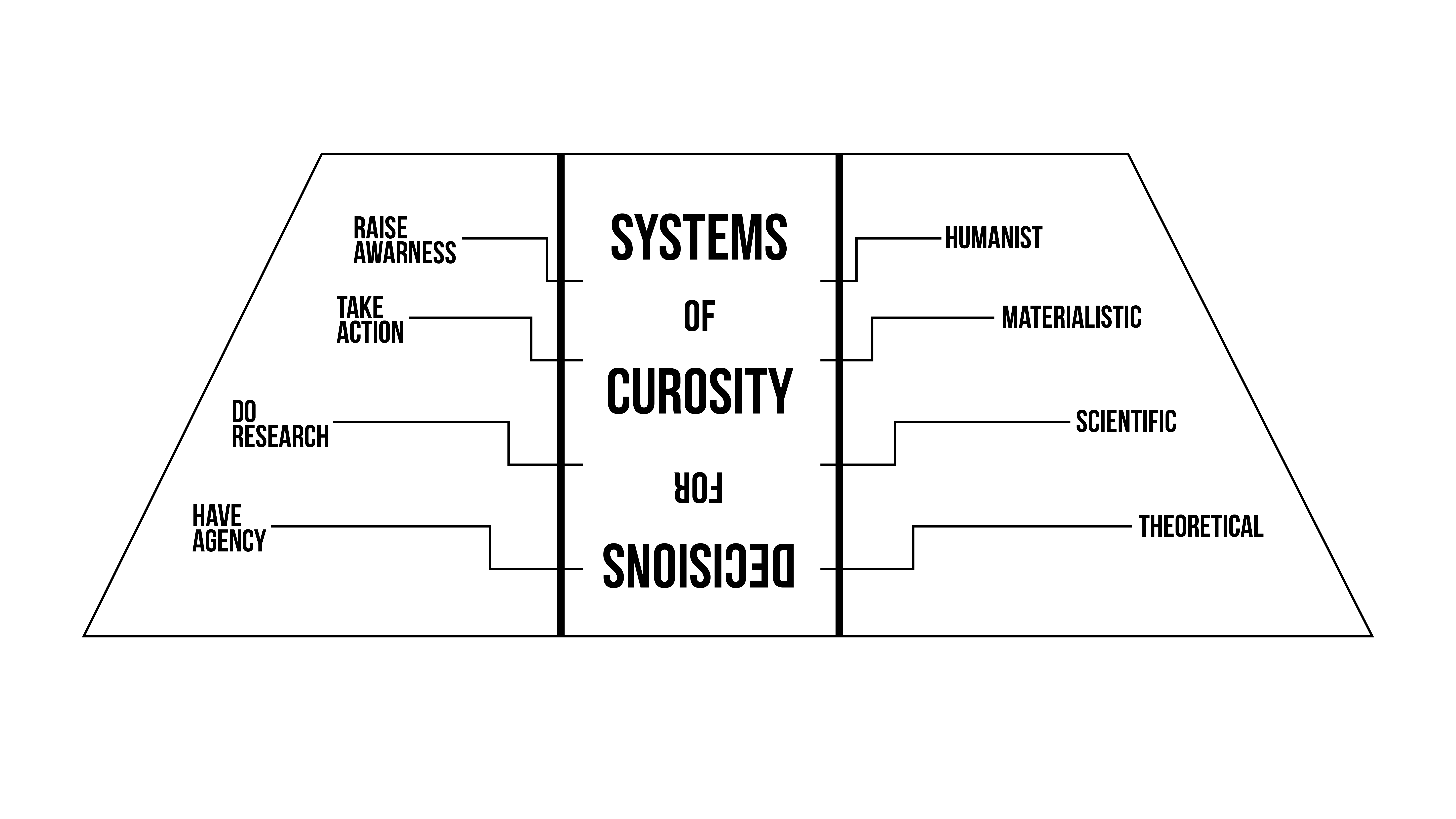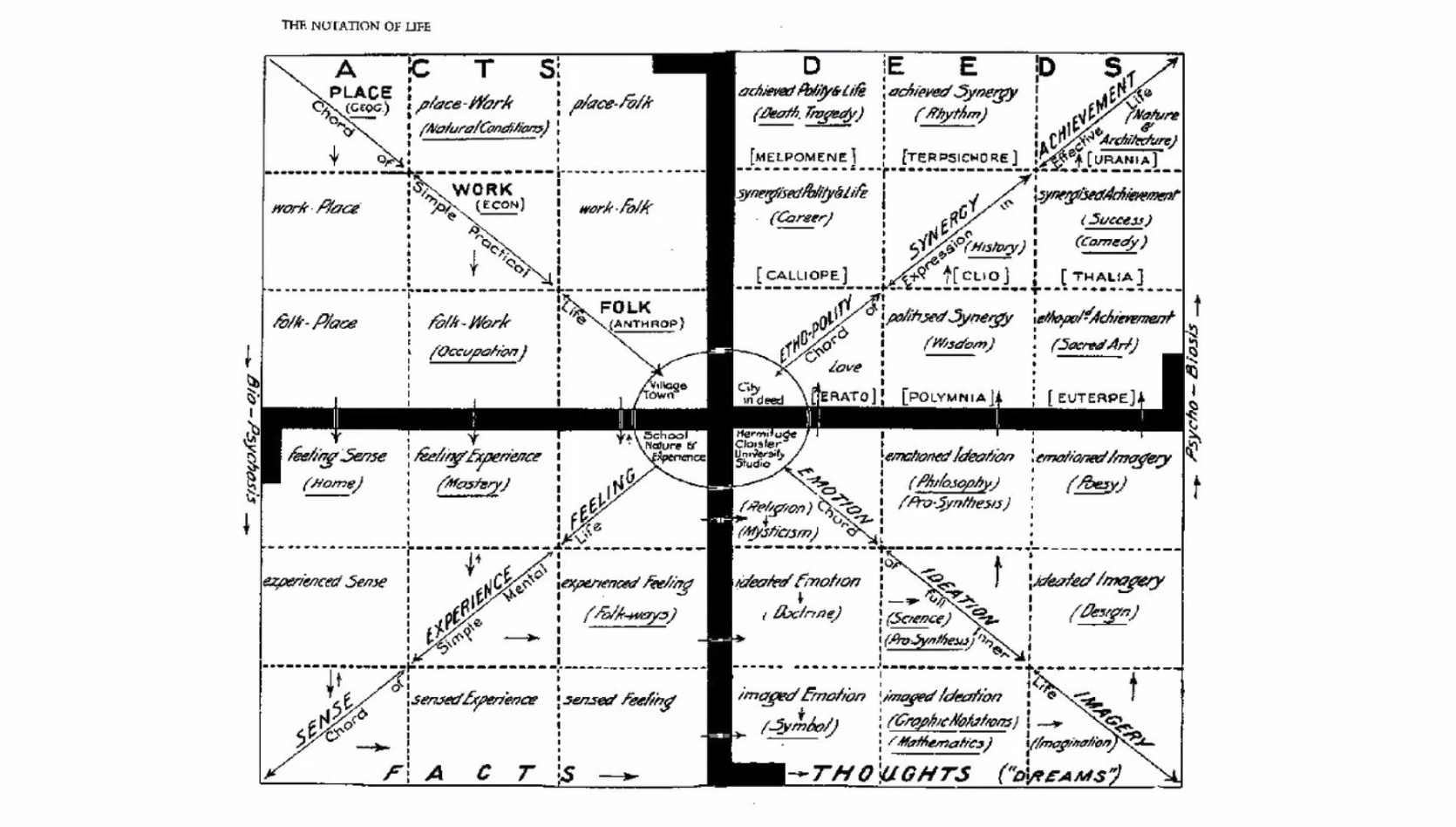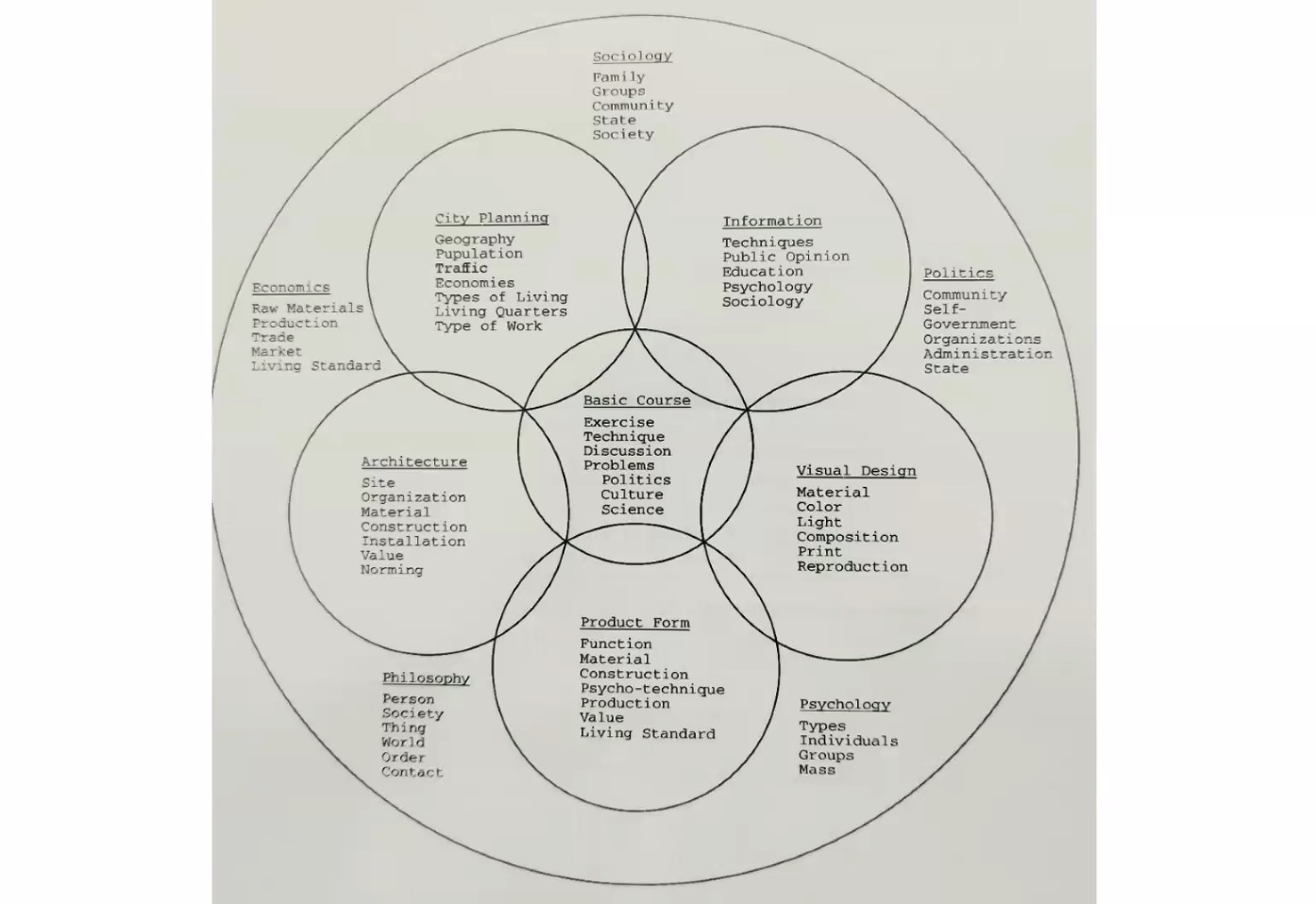Here you can read my reflections about the course, but first lets read my blog entry about design
- What design means for you?
- How can design help you to achieve your purpose?
- How design can be used to transform your world?
Systems of curious change (Introduction)

What do you think of, when I say these words? - Curiosity, critical point of view, agency, decision making. - I think of design. Then you would think, yes we need a tons criticism, a load of agency and those beautiful so-called design decisions as designers, but no. These all come after a course connected to design, but design starts somewhere, some time in the every day society. When we are curious, when we question things, when we have the agency about the surrounding world and make decisions. Design is the systems we live in. To transform, in a way sustain and always renew our world - my world, your world we just always have to be curious and conscious about Design - the systems we live in.
Systems of curious change (Abstract)
Being involved in systems and services as a small particle, it is hard to see the whole picture and is easy to let entropy manifest. We are surrounded by systems, we are existing in systems. The systems are designs: designs of politics, designs of nature, designs of actual makers or thinkers - who are designed by society, by every day people who make decisions and by that design, plan and create systems around themselves.
Without being able to control it, we think in systems as well. These range from very basic systems focusing on individuals, such as going to work every day, to systems that have an effect on the greater society, such as how to raise more conscious generations. Although the design of our thinking system seems very complicated to me, it is based on, inspired by all the above mentioned systems created by us, but how can we create them by our thoughts which are not evolutionary organisms by themselves.
What is my role in these systems as an individual? As individuals we can decide if we want to be a part or want to be out of our specific systems. These decisions range from product preferences to political movement preferences. However, for that we have to be aware of those systems (a political, a social, an ideological, an educational or a system that combines these). Personally I’ve always wanted to be part of these, I was never a rebel enough to stand out. Not a rebel, but curious… Though I was always really curious and that curiosity made me question everything. By the help of those questions I had the urge to instead of leaving systems, modify them a bit and think more and more in systems. By the help of that urge I could become a product designer, later a service designer and a researcher at a point when I had at least 5 Whys? about everything. Thanks to my expertise I got a voice in these systems. A bit more loud than before.
What is my role in these systems as a designer? Now I try to find the key insights and intrinsic challenges connected to my curiosity through the tools and methods I gathered through my education and experience. I deeply feel that my responsibility as a decision maker in my own life that is not detachable from a collective life, is to consciously rethink these already existing systems. I am also dreaming of a society which is curious as me, whose habits and everyday life depends on curiosity and changes which sustain these systems.
To be honest I am also trying to modify my own system of being a designer. Thus I found myself at MDEF: When a system needs some changes under the sake of sustaining it, maybe due to an emergent or rapid change, the perspective of a designer is not enough. We have to create questions and dialogues based on them between many experts, researchers, individuals and also decision makers. Instead of being a designer, the so called everyday people with every day decisions, I want to be a thinker, a dialogue maker, a visionary who can speak the language of different disciplines to be able and start common discourses for a common challenge or fight we need to tackle together.
And here you can download the whole entry:
Systems of curious changeCourse introduction
Through this course which consists of 4 classes we will reflect on ourselves as designers, thinkers or agents of change and make sense of all the questions we are addressing as professionals or just as individuals. Every decision we make is designing a small part of the engine we are collectively building with our societies. As designers we placed our selves in a role when we are consciously calling these decisions as design steps or means of design in many areas of our lives. We try to create dialogues for change of for more conscious continuity and for that this course will show us, how previous generations and movements built up this path, how they thought about these societal questions and how they are addressing or addressed them. So on our first introductory course we started having discussions about many models, such as the Bauhaus modell, the Ulm modell or the Krebs cycle. When talking about these, a need for getting to know more Eastern schools and models came up, so hoping we will continue of studying those too. My hope is really strong for this, because I “grew up” as a design student under the protecting and inspiring wing of the Bauhaus school. My design university got it’s name from Moholy-Nagy László, who was a very important representative and also a professor at the Bauhaus school. How he said in his essay on Typophoto: “Every period has it’s own focus”… through this class we will explore what should be our main focus as designers, solving emergent challenges in the present, for the future.


Conversation with Stephanie Hankey
This week is a bit slower to me, one of today’s biggest and most invisible problem just reached me, I was tested positive and somehow instead of being a bit better every day, this virus works the opposite way. So I had to really focus on this class when we talked about how can we more aware of the invisible word that is surrounding us… Stephanie Hankey is of the researchers and designers who tries to show it to us and to younger generations. In her international NGO - Tactical tech they are fighting for a world where digital technologies can contribute to a more equitable, democratic and sustainable society. To enable this change, they investigate how digital technologies impact society and individual autonomy. She talked about many of her eyeopening projects, such as the Glassroom - an interactive exhibition that is generating a global conversation about data and privacy and their Exposing the invisible kit. She talked about very interesting ways of engaging citizens and their target group. How they are aiming to actually create dialogues between the one who create technology and their youngest users, which is maybe one of the hardest part of their practice, to engage in a way, where they make sure all the aspects of their research is ethical and leading for the impact they want to create. This creates new questions in my continuity of my research. Since as a design researcher I delt with ethical research and ethical design addressing our own projects, mostly the ones which were “charity” ones, but how can I rethink this whole system based ion the age of the participants in my research?


Debate on design perspectives
This time we made sense of the reading list we got from Thomas. These articles were all compasses what tools and ways we can use as a designer in this rapidly changing world. What is our responsibility and how can we adapt our responsibilities in our own fight. These readings helped to rethink or just think about my role as an individual in this world, as a designer and as a designer of my personal life.
We read about:
- 7 cheap things, which regulates our systems and deform many ways these systems include - (7 cheap things)
- The distribution of our ideas and the responsibility of this as a designer or maker or thinker (The distributed design book)
- Our participation with others for designing ways we can live in (Participatory ways)
- And the way of thinking, which summarizes me all of these articles and creates the question in me - How can I shape my own toolset for thinking and idea creating? (The ecology of mind)
In my next assignment I will summarize all these articles and by the help of it design my own badge of my responsibility system.
On this class we had discussions with my classmates on the articles and how these formed their ways of thinking or how these were related to our own practices.
The biggest take aways came from The 7 cheap things, which opened our eyes how we should we actually act during the time of these masters and how the weak signals we are dealing with, are able to make huge wounds in the systems. To go beyond and up and start planning from small scale to a large scale solution.

